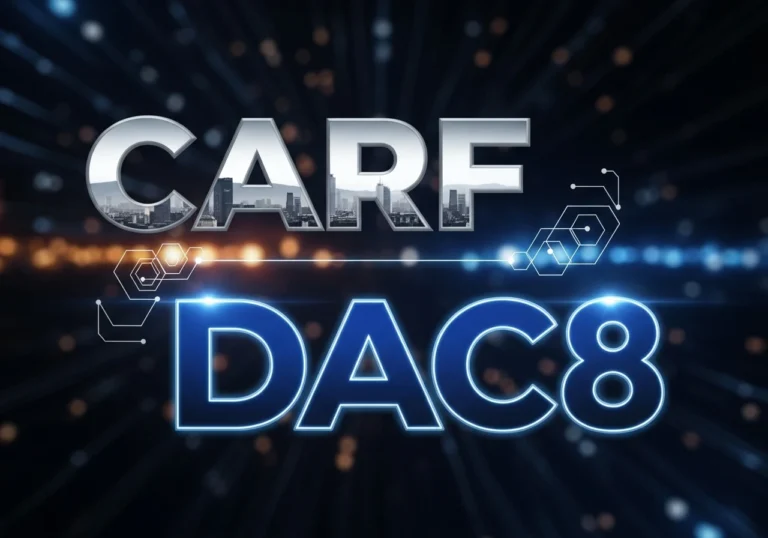Banks Split Over Stablecoins as GENIUS Act Reshapes U.S. Crypto Policy
The financial world is split. Some banks are embracing stablecoins as the future of fast, efficient payments. Others see them as a direct challenge to traditional deposits and a potential risk to user privacy. This growing divide comes just days after President Trump signed the GENIUS Act into law—ushering in the most comprehensive stablecoin framework the U.S. has seen to date.
The legislation represents a pivotal moment in American crypto policy. It mandates that dollar-backed stablecoin issuers maintain full reserves in cash or low-risk assets, submit to regular audits, and refrain from offering interest on certain tokens. It’s a clear attempt to encourage financial innovation without sacrificing consumer protection.

What Just Unfolded
- On July 18, 2025, the GENIUS Act became federal law, setting stablecoin standards and backing requirements.
- Today, banks like JPMorgan expressed ambivalence—recognizing stablecoin potential, yet challenging if they undermine traditional banking.
- Other institutions are already preparing to launch their own stablecoins under the new framework.
- Meanwhile, U.S. financial regulators are working to prevent stablecoins from eroding retail deposits—a core concern behind the ban on interest.
The banking community’s split view shows just how significant this legislative shift is.
Why This Matters Now
This moment matters because it shapes the future of how everyday users will interact with digital assets:
- Consumers will rely on stablecoins for fast transfers—so knowing which providers follow the new rules matters.
- Regulatory clarity encourages more stability and transparency in the ecosystem.
- Understanding banking friction helps users evaluate whether platforms are trustworthy—or overly centralized.
- Privacy and interest restrictions mean stablecoins behave differently from typical bank tools, affecting user choice.
What Your Readers Should Understand
- The GENIUS Act puts enforcement behind stablecoin reserves, meaning users should expect regular transparency from issuers.
- Traditional banks see stablecoins as both opportunity and competition—this matters when you choose services.
- Stablecoins are no longer gray-area tools; they now operate under federal oversight with clear consumer protections in place.
- But regulation also brings limits—like no yield—so knowing differences between stablecoins and crypto products is key.
From a Security and Education Perspective
Even when the rules change, user safety depends on habits and tools. Here are timely insights to embed into guides or teachings:
- Always choose stablecoins backed on-chain with public reserves, not those claiming private or opaque holdings.
- Avoid platforms that promise interest or yield with fiat-back—they may be skirting regulations.
- Be wary of offers from banks or services offering “bank-affiliated stablecoins” that lack audit transparency.
- Understand the difference between Fiat collateral vs. algorithmic systems—today it’s regulated and safe vs. still experimental.
- Keep custody habits strong: never share private keys, and verify wallet ownership through trusted sources.
- Institutions may issue stablecoins with bank names—still treat them like crypto: verify smart contracts and routing before use.
Everyday Example to Illustrate
Think of two friends:
- Anna uses a stablecoin tied to verified reserves and understands it’s audited monthly. She can move funds quickly and feels safe.
- Ben is offered a bank-affiliated stablecoin promising 2% interest. But audits aren’t public and it’s not backed by dollars one-to-one. Under the new rule, it might not comply—yet it still works for now. If regulations tighten further, Ben’s coin could lose value or utility overnight.
Anna’s approach is safer. Ben’s carries predictable risks—even though it sounds trusted.
Why This Story Needs a Focus on Security
When stablecoins become mainstream, average users will treat them like digital dollars. But digital custody isn’t foolproof. If wallets get compromised, transfers are irreversible. Users must:
- Confirm contract addresses before storing stablecoins.
- Use hardware wallets for long-term holding—or leave minimal amounts in apps.
- Enable two-factor authentication on any exchange or wallet platform.
- Stay updated on wash trading, fake stablecoin clones or phishing scams.
Education doesn’t just reduce confusion—it builds practical habits for retention and security.
Key Takeaways Recap
- The GENIUS Act is now law, regulating stablecoins with reserve and audit mandates.
- Banks are split on whether stablecoins help innovation or threaten deposits.
- Stablecoins are now under federal oversight—users can expect clearer rules and protections.
- Safe use requires verifying audit-backed issuers, avoiding non-compliant offers, and maintaining strong custody practices.
- Knowing how banks view stablecoins helps users make informed choices.
Final Thoughts
Today’s banking debate over stablecoins reflects the real-world friction between innovation and tradition. The GENIUS Act represents a major step forward—but only if users know how to navigate secure platforms and understand the limitations of regulated digital tokens.
Table of Contents

Hello, I’m Edmilson Dias, founder of CoinBringer. I created this platform to guide people through the fast-moving world of cryptocurrency with clarity and safety. With years of research in blockchain and digital security, my goal is to translate complex topics into practical knowledge, offering reliable tutorials, safety insights, and guidance for both newcomers and experienced users.
Discover more from CoinBringer
Subscribe to get the latest posts sent to your email.







